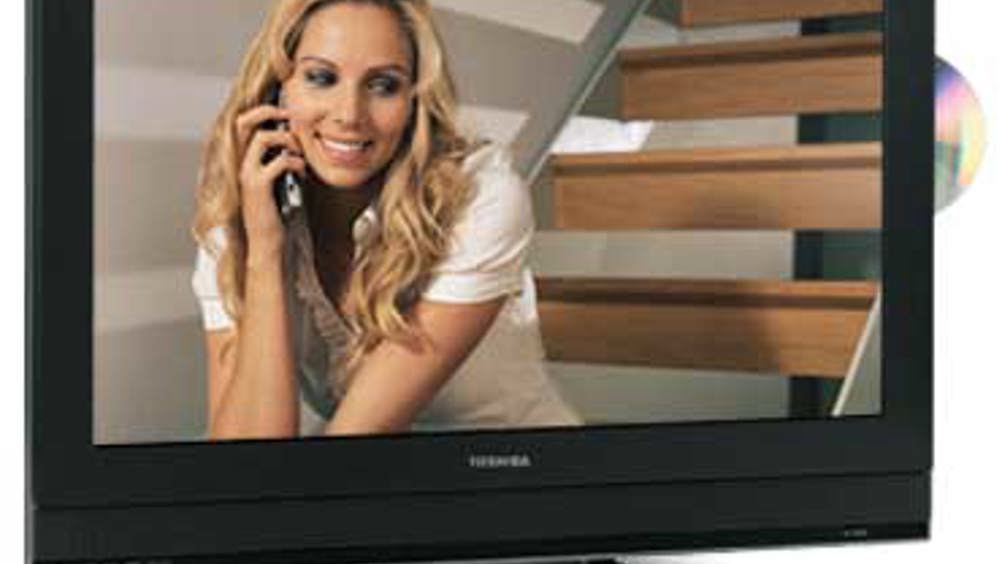Medical use for old TVs

Waste material from discarded televisions could be recycled and used in medicine, according to researchers at the
The chemical compound polyvinyl-alcohol (PVA) is widely used in industry and is a key element of television sets with liquid crystal display (LCD) technology.
When these sets are thrown away, the LCD panels are usually incinerated or buried in landfill sites.
But now, the
It could also be used in pills and dressings that are designed to deliver drugs to particular parts of the body.
The research was carried out by academics in the university’s Department of Chemistry, which is home to the York Green Chemistry Centre of Excellence and the York Liquid Crystal Group.
Register now to continue reading
Thanks for visiting The Engineer. You’ve now reached your monthly limit of news stories. Register for free to unlock unlimited access to all of our news coverage, as well as premium content including opinion, in-depth features and special reports.
Benefits of registering
-
In-depth insights and coverage of key emerging trends
-
Unrestricted access to special reports throughout the year
-
Daily technology news delivered straight to your inbox










Water Sector Talent Exodus Could Cripple The Sector
Maybe if things are essential for the running of a country and we want to pay a fair price we should be running these utilities on a not for profit...